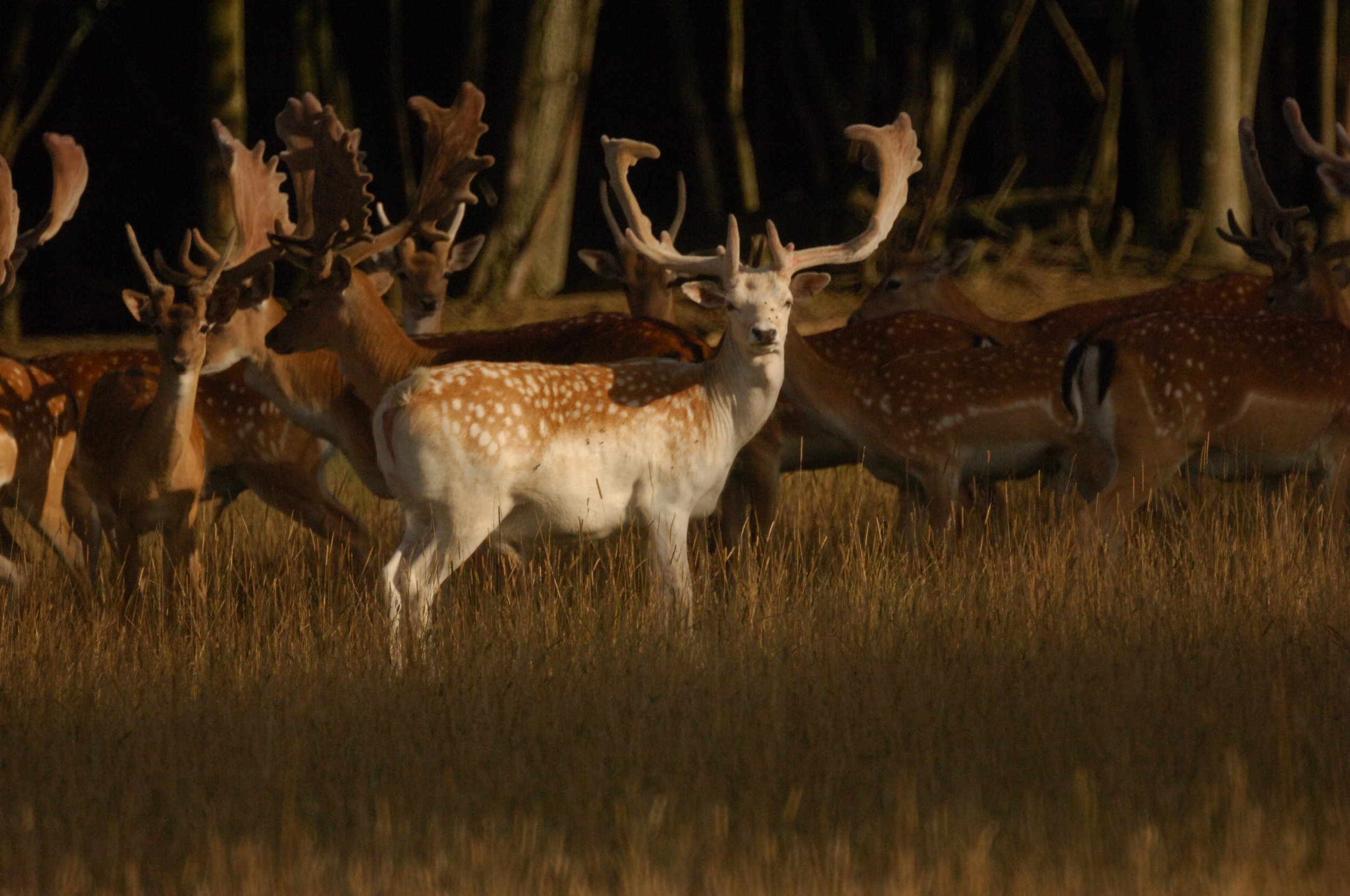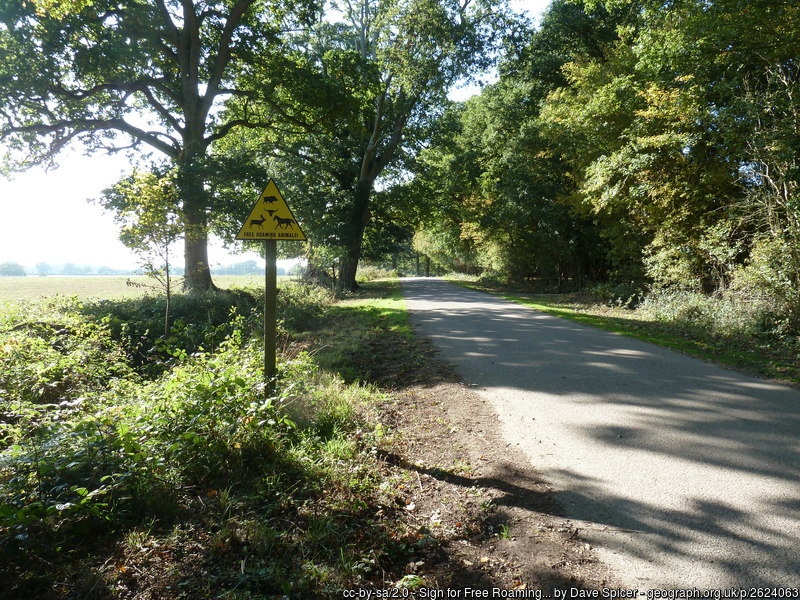On the Knepp Estate in Sussex re-wilding has created a profusion of wildlife that takes us back to the sights and sounds of our English countryside in the past.
The Knepp Estate
While these Old English Longhorn cattle graze the grass and the bushes two turtledoves are purring in a tree. The romantic call of a cuckoo echoes across the open scrub. Mating frogs and toads are croaking in a nearby pond. Across the meadows there is a constant hum of contented insects. Crickets chirp in the long grass, butterflies, hoverflies and bees are everywhere. The overgrown, untrimmed hedges and thickets are full of willow warblers and yellow hammers By evening there is the beautiful sight of a silent Barn Owl flying over the long grass in hunting mode. Later, bats begin to appear in the fading light as the gorgeous sound of the nightingale floats through quiet evening air.
Is all this nostalgic daydreaming for an age long past when our countryside was full of wildlife? No, these are the sounds to be heard today in the re-wilded, 3500 acre Knepp Estate.

Re-wilding
Knepp is one of the rare places where a hands-off approach has allowed nature to do what it naturally wants to do if left alone. The work of ‘conservation’ is done entirely by herds of Old English Longhorn cattle, wild Exmoor ponies, Tamworth pigs, Red and Fallow deer. The animals are left to run, graze and rummage, ‘rootling’ freely through the woods, scrub and open pasture. They are out in the open throughout the year, in all weathers as their wild ancestors were.
The restoration of the park was, for us, a revelation. Suddenly, that first summer, we were walking knee-deep in wildflowers, kicking up grasshoppers, bees and butterflies. The sound of insects was astonishing – something we hadn’t even realised we’d been missing. Looking out of the windows and seeing herds of fallow deer wandering across the landscape, felt like being in the middle of the Serengeti. As the land seemed to be breathing a sigh of relief, so did we.Isabella Tree writing about Knepp Estate.

Wildlife
From a birds-eye view, the potential feeding and nesting sites are everywhere. No wonder so much wildlife has moved into the estate. Knepp is now a UK hot-spot for turtledoves and has 30 breeding pairs of nightingales. Most UK Cuckoos are gone but at Knepp they are back. The cuckoo ‘Knepp’ tagged in 2018 on the estate was last tracked in Angola having flown 4000 miles. We will be watching this space (see BTO tagging site). There are 34 species of butterfly including the much sought after rare Purple Emperor butterflies. At Knepp 87 pairs were recently counted. 441 species of moth have been identified. One cow pat analysed had 26 different species of beetle. In normal farming practice there would be virtually none. 13 species of bat are here, plus most of our native owls.
17 years on, the estate is full of unexpected discoveries. It has become a wild place of open scrub, wood pasture and ponds packed with wildlife. It is a delightful reminder of what much of lowland Britain once was.

Miles of hedgerows, previously cut back every autumn — thereby depriving birds of winter berries — have exploded into the welcoming earth, billowing out like a dowager liberated from her stays. The first thing that strikes visitors is the noise: the low-level surround-sound thrumming of insects. Then the countless different bird songs: the very air, it seems, is being recolonised with the sounds of the past.
Is this re-discovery of re-wilding the way for conservation into the future? It certainly excites me. At least on poor marginal land like the heavy wealden clay at Knepp, land that needs vast amounts of fertilizer to sustain viable crops, it is a good option. Not just for the wildlife. We humans also need such places of wildness for re-creation and rediscovery of our close involvement with the natural world.

Do watch this fascinating Knepp video (15 mins)
Isabella Tree’s latest book Wilding, published by Picador, tells the story of Knepp from the moment she and her husband took over, how they farmed conventionally for 17 years, then hit the buffers – a crisis that precipitated their decision to re-wild.
The first three photos are from the Knepp website – used with permission.

This looks, and sounds, simply wonderful, Richard. Love those photographs, particularly the first one. I find the expression ‘re-wilding’ somewhat clumsy, but I guess it sums it up – and the Knepp Estate is definitely one for the list – thank you for writing about it – and so convincingly, too!
LikeLike
Thank you Mike. It would be great if this bold experiment was tried more widely in other areas. The results at Knepp have been spectacular.
LikeLike
Thank you so much for telling us about this fabulous project, Richard! I must read Isabella Tree’s book!
LikeLike
The Knepp story deserves to be much more widely known. BBC Countryfile did visit the estate a year or so ago but I thought the coverage was very inadequate. Enjoy the book Clare.
LikeLiked by 1 person
Thank you, Richard.
LikeLike
It sounds like a kind of paradise Richard and it’s so sad that we can’t experience the countryside as it once was. I hope that the tide is beginning to slowly turn with projects like these. I have a copy of the book and I’m looking forward to reading about it.
LikeLike
There must be other areas in this country where marginal land is not proving viable as conventionally farmed land. Hopefully more farmers and landowners in such places will catch the vision of Knepp.. The results will be to the great benefit of us all. Well done for getting the book Andrea.
LikeLiked by 1 person
Thank you for the link to this page, Richard, as well as the connection to the Knepp videos. While watching the videos, I couldn’t stop thinking of the current phenomenon of wildlife re-emerging in cities all over the planet as humans stay indoors to escape the pandemic. If we could get out of the way, much of this would happen naturally, but certainly the Knepp Estate has created a more intentional model that makes so much sense and that is also economically viable. Much to think on.
LikeLike
Knepp is a bold move that has delighted many. Happily many more landowners are making efforts to attract wildlife on to their land. A sign of hope I think. It shows that it is possible for us humans to live side-by-side with the natural world, if we are more careful.
LikeLike